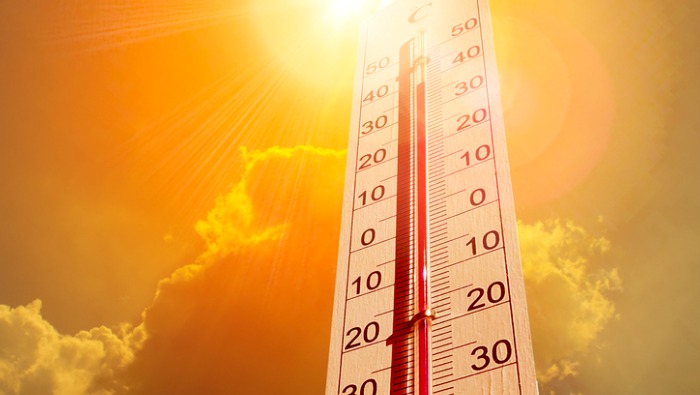The Occupational Safety and Health Administration (OSHA) recently launched the first National Emphasis Program (NEP) to prevent heat-related illnesses and injuries. Secretary Marty Walsh and Vice President Kamala Harris announced the NEP at the Sheet Metal Workers Local 19 Training Center in Philadelphia. In brief, the NEP will add a targeted enforcement campaign to OSHA’s existing heat-related illnesses prevention initiative. Accordingly, OSHA will begin inspections in dozens of high-risk industries, specifically during heat warning or heat advisory weather alerts. Earlier, OSHA announced an additional enforcement program to identify employers that fail to submit injury and illness data.
Why the National Emphasis Program Is Important
Millions of U.S. workers are exposed to heat in the workplace. Each year, thousands of those workers experience heat-related illnesses and injuries. A portion of those cases prove fatal. According to OSHA, 50 to 70% of outdoor fatalities occur in the first few days of working in warm or hot environments. Hazardous heat exposure can occur indoors or outdoors. What’s more, hazardous heat exposure can happen during any season, under the right conditions, not just during heat waves. Secretary of Labor Marty Walsh stated “Tragically, the three-year average of workplace deaths caused by heat has doubled since the early 1990s. These extreme heat hazards aren’t limited to outdoor occupations, the seasons, or geography.”
In addition, the NEP cites the effects of climate change as a factor that makes heat-related illness prevention a pressing issue. Finally, low-wage workers and workers of color represent a disproportionate amount of the worker population regularly exposed to heat hazards.
Preventing Heat-Related Illnesses in High-Risk Industries
Specifically, the National Emphasis Program targets over 70 high-risk industries. The National Emphasis Program impacts both outdoor and indoor industries. It focuses on industries where workers experience significant heat-related illnesses, like construction, agriculture, landscaping, manufacturing, and warehousing. OSHA based its targeting criteria on:
- Bureau of Labor Statistics data reporting heat-related illnesses rates and the related number of employee days away from work;
- Elevated numbers of reported fatalities or hospitalizations; and
- Greatest numbers of heat-related General Duty Clause 5(a)(1) violations and Hazard Alert Letters over a 5-year period (1/1/2017 thru 12/31/2021), or highest number of OSHA heat inspections since 2017.
Overview of the NEP to Prevent Heat-Related Illnesses
In essence, the National Emphasis Program is a nationwide enforcement program that allows OSHA to inspect workplaces in high-risk industries for heat hazards. OSHA will conduct proactive inspections in such workplaces, before workers suffer heat-related illnesses, injuries, or fatalities. Additionally, the NEP offers outreach and compliance assistance. To that end, the NEP reminds employers to protect workers from heat hazards by taking certain actions. In detail, this includes:
- providing employees access to water, rest, and shade;
- giving adequate training; and
- implementing acclimatization procedures for new or returning employees.
The NEP also establishes “heat priority days” for when the heat index is 80○F or higher. On these days, OSHA will provide compliance assistance in those high-risk industries. Finally, OSHA will conduct pre-planned inspections in specific high-risk industries on days when the National Weather Service has announced a heat warning or advisory in the area.
Additional Information
Meanwhile, OSHA will continue to inspect any alleged heat-related illnesses, injuries, complaints, or referrals, regardless of whether they are one of the industries specifically targeted by the NEP. As of April 8th, 2022, the NEP to prevent heat-related illnesses is in effect. It will remain in effect for three years, barring cancellation or extension.

